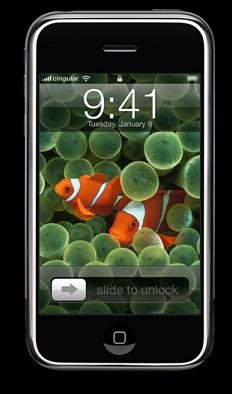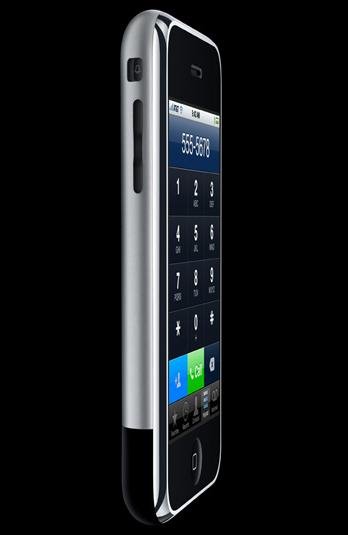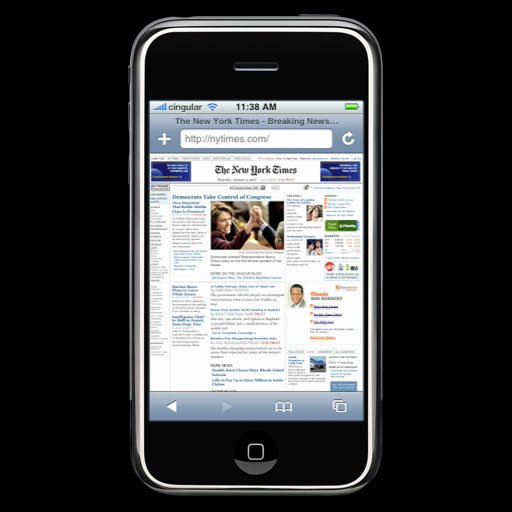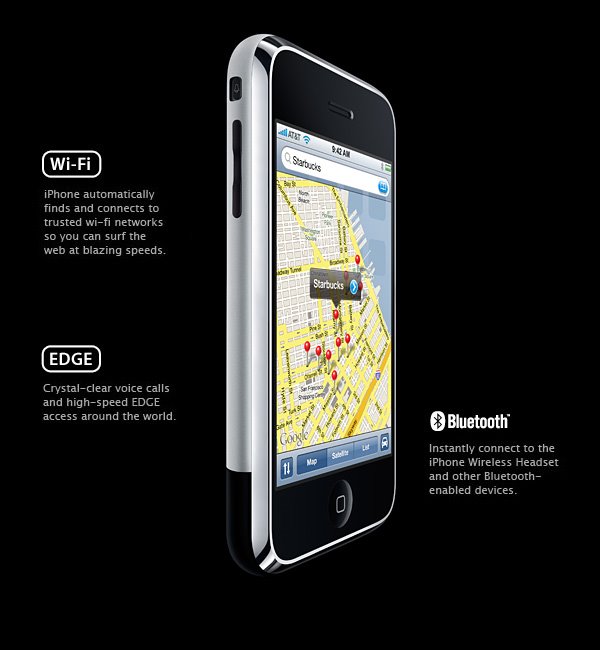Nokia One-Ups Apple With $750 Smartphone
By Richard Martin
InformationWeek
Apr 14, 2007 12:01 AM (From the April 16, 2007 issue)
When Steve Jobs announced the iPhone at Macworld in January, eyebrows were raised at the $499 price tag. In a market where carrier-subsidized cell phones routinely sell for less than $100, that's a lot of dough. Now, though, Nokia has gone Apple half-again higher, releasing the N95 for a cool $750.Launched in North America last week, the N95 is an "all-in-one multimedia computer," according to Nokia, that rivals the iPhone in usability and beats it, in some ways, in functionality. The N95 includes a 5-megapixel camera, a powerful media player, 3G networking over the Cingular/AT&T HSDPA system, and Wi-Fi and Bluetooth, as well as an innovative dual-slide design. It runs the Symbian operating system.
Early results are promising: U.K. mobile phone outlet Carphone Warehouse has a message on its site limiting purchasers to one N95 "due to high demand," and according to Nokia, boutique phone stores in New York City sold out within a day.
Could the Nokia N95 steal the spotlight from iPhone?Not only has Nokia established that there's a market for high-end phones, but it's also set to give the iPhone a run for its money. Even among the rapturous early reviews of the iPhone, skeptics noted its one-carrier support (the phone will be available only in Cingular/AT&T stores and from Apple), its closed operating system, its reliance on the slower 2.5G network technology, the high price, and so on. The iPhone's "revolutionary" touch screen could put off users accustomed to a cell-phone keyboard. What's more, unlike the N95, the iPhone doesn't support e-mail synchronization with Microsoft Exchange--a deal-breaker for many IT shops.
Beyond the iPhone's shortcomings is the nature of the smartphone market, where six months (the lag between Apple's iPhone announcement and the planned release) is a lifetime. A slew of innovative "converged" devices, from the Samsung UpStage to the HTC Shift to the Helio Ocean, have been introduced since January. Each features much of the multimedia muscle of the iPhone--and all sell for way less than $500.
To be sure, there's pent-up demand for the latest cool thing from the iPod maker. In a speech at the CTIA Wireless conference last month, AT&T chief operating officer Randall Stephenson said his company has had more than 1 million customer inquiries about the iPhone. A Piper Jaffray survey released last week finds that a quarter of teenagers who are aware of the iPhone would be willing to spend 500 bucks on one--though as InformationWeek blogger Eric Zeman noted, "Any way you look at it, $500 is a lot of lawn jobs."
As for the business market, Research In Motion's BlackBerry is still in charge. RIM reported last week that it added about 1 million subscriber accounts in its fourth quarter, bringing the total to about 8 million and helping push revenue up 66% over the same quarter last year. The company shipped about 6.4 million devices during fiscal 2007. However, many analysts see RIM's business market growth slowing as CIOs opt for more open platforms like Symbian and Windows Mobile.
A Break With Rradition
Ultimately, even if Apple CEO Jobs' goal of grabbing 1% of the 1 billion-unit cell phone market in a year looks out of reach, the N95 and the iPhone will just possibly change the way people buy mobile devices. Neither model will be sold through conventional carrier channels, and neither is carrier-subsidized. The N95, says Todd Thayer, head of multimedia computers for Nokia North America, was released in the United States in an attempt to lead the market rather than be tied to service providers' distribution channels and sales models.Anything that frees consumers from the tyranny of the carriers and their two-year contracts is likely to be greeted with hurrahs. Whether they'll pay $500 and up for that freedom will be interesting to see.






No comments:
Post a Comment